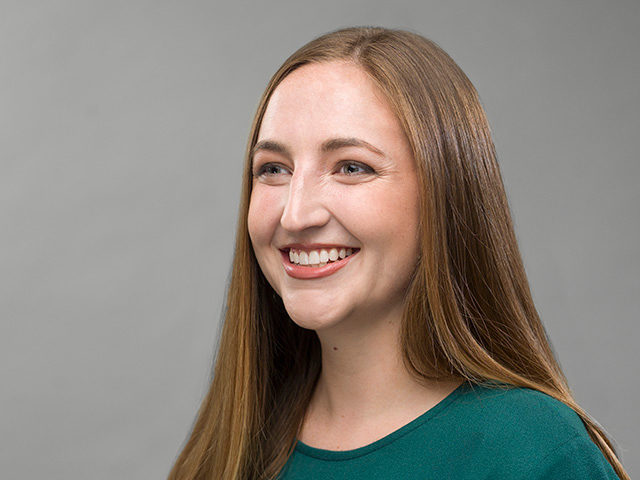Social Enrichment: Creating a Magnetic West Michigan
This year, as Grand Rapids Community Foundation celebrates its 85th anniversary and $100 million in grant awards, we are writing about our grantmaking impact in our six funding priority areas. These articles will appear periodically on the website. This article highlights social enrichment and what it means to people in and outside the Community Foundation. Social enrichment means cultivating an attractive desirable community that enriches people’s lives.
“Social enrichment is the people-connecting-with-people part of our grantmaking. It’s where the Community Foundation brings people together. It can be a coffeehouse for homeless people, a neighborhood community center or inspiring older adults to work together for the good of a school or the zoo. Social enrichment builds a sense of community in a place,” said Marcia Rapp, vice president for programs.
The Community Foundation has for years supported Baxter Community Center in southeast Grand Rapids. For 35 years Baxter has grown and adapted to meet community needs. From recreation to health, day care, mentoring and job skill building, Baxter helps children, young people and adults.
“The Community Foundation is leaving a legacy for our young people. It’s shaping them to be world changers and risk takers who make this city and community a better place for everyone. The Community Foundation continues to be a role model for the next generation by staying faithful to its convictions and taking risks for the sake of the greater good,” said Melanie Beelen, Baxter executive director.
In 1995 the Foundation made a grant of $15,000 to Baxter to begin a recreation program, which became the springboard for what is now known as the Recreation Reaps Rewards Program through the Grand Rapids Parks and Recreation department. Melanie said that, though Baxter has received larger grants from the Community Foundation, the recreation program made a special impact.
“The program was housed in Baxter’s old gym and funded by the Community Foundation and four other private funders. Many of our children were latch key kids, and Baxter’s gym gave them an after school alternative to the boredom and risky behavior of the street. The Community Foundation listened well and became one of the change agents and early partners in developing a city recreation program for young people. It has given birth to some very creative programs,” Melanie said.
The spark of the arts
From the ingenious Fish Ladder to the dramatic La Grande Vitesse and spirited Grand Rapids Symphony, the arts add dimension to our community. Community Foundation grants have helped all these projects and hundreds more. “Walls and closets make a house. Adding art makes a home. We know that when people talk about Grand Rapids and what they love, the arts top the list,” Marcia said.
From our first arts grant—$300 in the late 1930s to the Symphony Society—to our $350,000 planning grant in 2001 so Grand Rapids Art Museum could find an architect, we annually award about nine percent of grants to arts organizations.
“The grant to the art museum was certainly significant. We had this idea, a vision about what we wanted to do and where we wanted the museum to go. But we needed to get from point A to point B, and the Grand Rapids Community Foundation grant set us up to do just that,” said Lew Chamberlin, who served the art museum as board president in 2001. “The grant helped us study the issues of a new museum and refine our plans. Without the grant, it would have been much more difficult for us to move ahead.”
In 1996, the Community Foundation helped fund the pilot of an innovative music education program. Blue Lake Public Radio (90.3 FM) used a $10,000 grant to launch Classics in the Classroom, now broadcast online through streaming audio. It provides classical music, listening education and curriculum so teachers in grades 2 through 5 can integrate music into regular classroom activities. This is especially helpful in schools that no longer have music teachers.
“In our first year, the Community Foundation helped fund the startup, which included creating and printing a curriculum guide and launching the pilot program into Kent ISD classrooms. Things have changed dramatically since then. Everything is on the Internet now, including guides, schedules and the program itself. There is no cost for schools to participate, and they don’t have to live within the coverage area of the radio station,” said Dave Myers, Blue Lake station manager.
